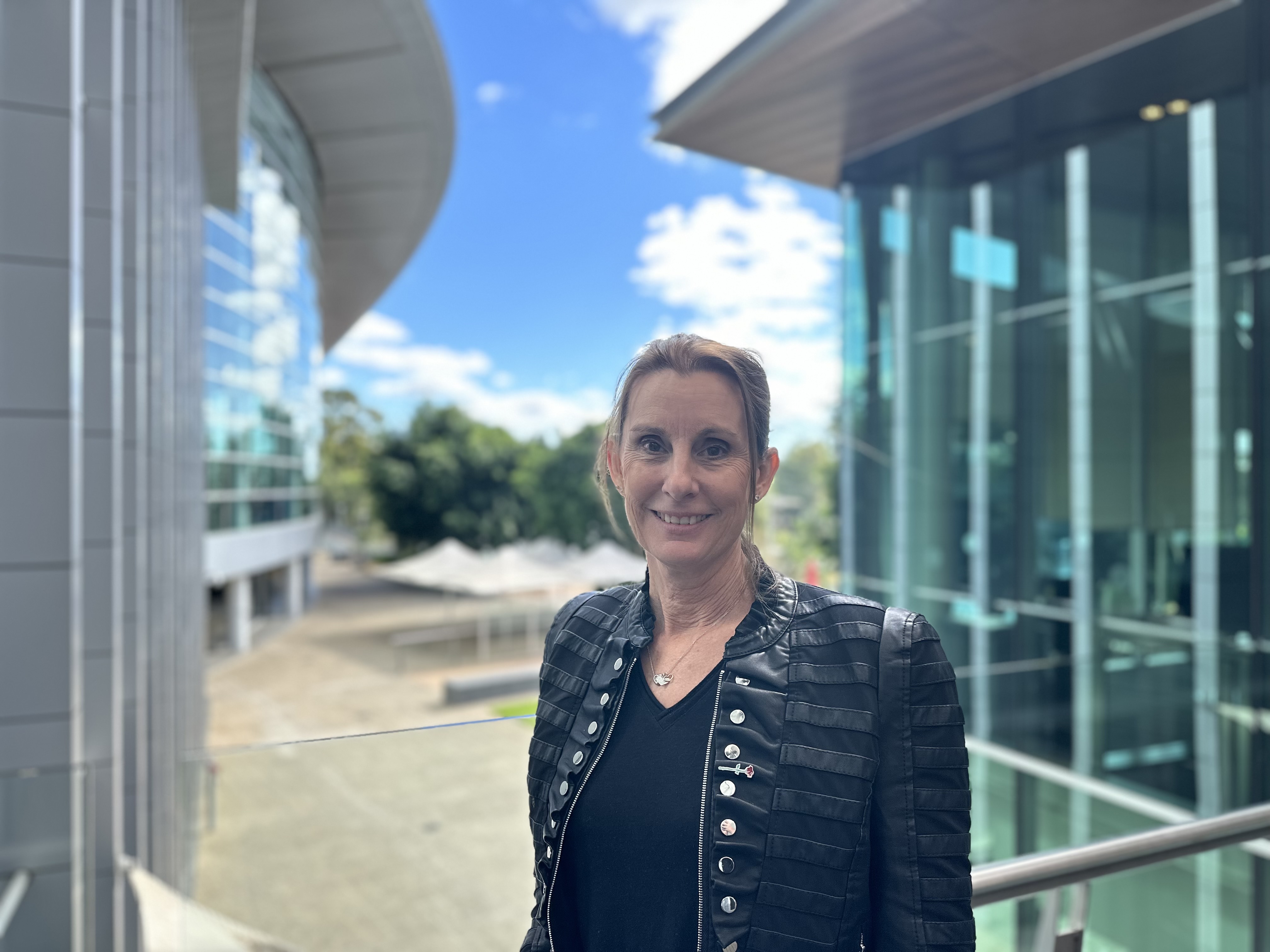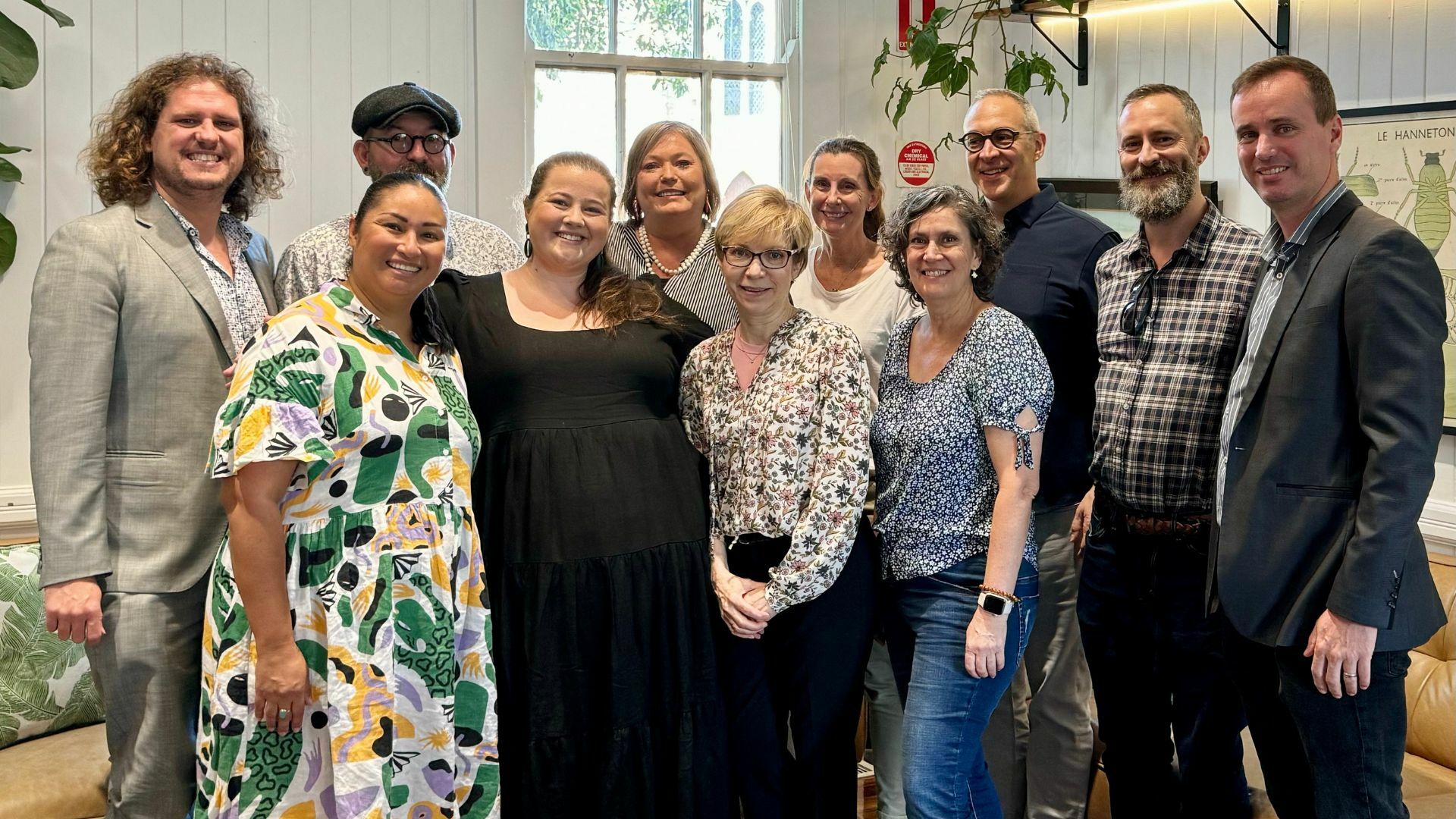‘It's the people with lived experience that just keep me so passionate’

Ensuring that people with lived experience are at the heart of suicide prevention efforts is a personal mission for Bronwen Edwards.
Bronwen founded Roses in the Ocean in 2011, just three years after her 43-year-old brother Mark, a former RAAF Fighter Pilot Combat Instructor and International Commercial Pilot, took his own life.
“I don't want to move away from this space until I know that there are places all over Australia where my brother would have felt comfortable accessing support,” Ms Edwards said.
“And, every place where people try to get support is informed by lived experience.”
“It started with my brother and his experience and then losing him, but every day, it's the people with lived experience that just keep me so inspired and passionate.”

Roses in the Oceans defines a person with lived experience of suicide as someone who has experienced suicidal thoughts, survived a suicide attempt, supported a loved one through a crisis, or has been bereaved by suicide.
Ms Edwards said the suicide prevention sector has come a long way and Australia has, for the most part, accepted the importance of people with lived experience of suicide to be a central part of all aspects of suicide prevention.
But, she added, more needs to be done to ensure their inclusion is meaningful and sustainable, particularly in the workforce.
“We're in a bit of a catch-up mode, where most organisations or governments are not allocating the time, resources, people, and money to properly integrate and partner with people with lived experience,” Ms Edwards said.
“We need to invest in establishing, supporting, and making it sustainable for people with lived experience to be in suicide prevention, and to help organisations create the environments in which these people can thrive and work alongside other colleagues.”
SafeSide Prevention, inspired by the introduction of Safe Spaces by Roses In the Ocean, is a collaborator on a soon-to-be-released community-led Safe Spaces feasibility study in the U.S.
Community-led Safe Spaces are a way of meeting the needs of people in distress who cannot access, or prefer not to access, healthcare services.
“After co-designing about 30 safe spaces in Australia and seeing a range of different models emerge depending on who was delivering them, we wanted to trial a model that honoured everything that people in the community were asking for. So we developed the Community-led Safe Spaces model, which is a purely non-clinical peer-led community-based service which we manage for the community until they can stand independently,” Ms Edwards said.
“We're trialling a few different approaches to hopefully get that perfect balance, to find a model that is cost effective and sustainable. Utilising a volunteer workforce is proving to be part of this model.
“We need to create collective ownership within a community and have a genuine place for people who are in distress without fear of a knee-jerk reaction that's going to land them in a system that many people don't want to go into.
“Hopefully, these safe spaces can become really important central hubs where people know they can come back as often as they like, and feel comfortable and be held in that space and just know that they're safe for the time that they're there, and then be connected into support that is most relevant for them.”
